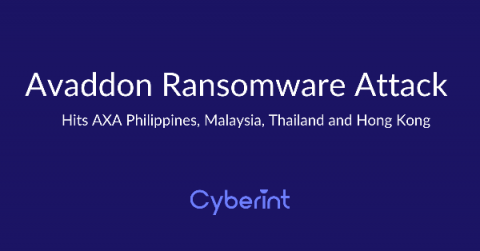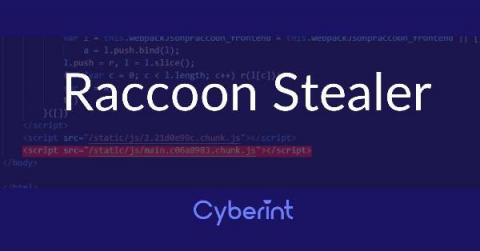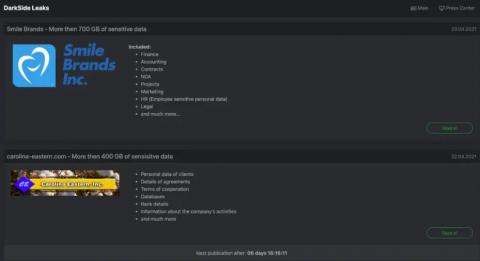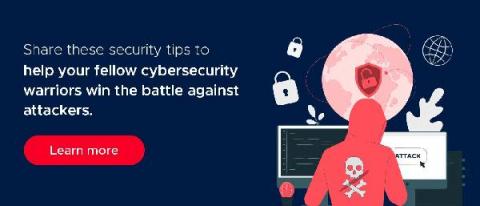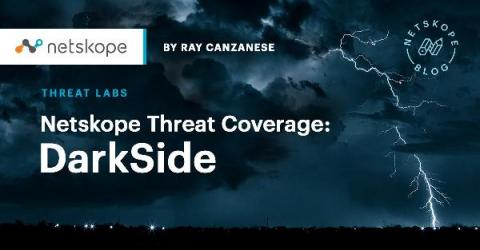Security | Threat Detection | Cyberattacks | DevSecOps | Compliance
Latest News
Qlocker ransomware gang shuts shop after extorting owners of QNAP NAS drives
With all the headlines about ransomware attacks hitting companies hard, you might think there’s only bad news around the subject. Well, think again.
Stalkerware: What is being done to protect victims as the number of cases rises
People are increasingly becoming aware of the threats posed by hackers who infiltrate devices using viruses, spyware and malware. However, it may be time to shine the spotlight on “stalkerware”, a completely different type of cyber security threat that nevertheless has lasting negative repercussions. In this article, we will talk about this malicious software, which allows a remote user to surveil all activities on another user’s device.
Raccoon Stealer
3 Steps Construction and Engineering Companies Should Take to Prevent Ransomware (and one to help you recover from an attack)
In our recent infographic we reported that almost 1 in 6 construction companies reported a ransomware attack in the past year so, yes, ransomware is a serious problem for construction companies. The question then becomes: why are construction and engineering companies being targeted with such frequency? For two reasons; first is a distributed workforce.
3 actions to take based on the Colonial Pipeline ransomware attack
Ransomware has been a thorn in the side of cybersecurity teams for the past several years. As other security threats have come and gone, this insidious threat has been a constant challenge for every organization. This past year has proven to be especially profitable for ransomware operators, as major organizations like United Health Services, Orange and Acer have fallen victim to these attacks.
DarkSide Ransomware: Splunk Threat Update and Detections
The ransomware campaign against the Colonial Pipeline highlights the dangers and real-life consequences of cyberattacks. If you want to understand how to use Splunk to find activity related to the DarkSide Ransomware, we highly recommend you first read “The DarkSide of the Ransomware Pipeline” from Splunk’s Security Strategist team. In short, according to the FBI, the actors behind this campaign are part of the “DarkSide” group.
10 essential cybersecurity tips for beginners
Organizations today are challenged by an increased exposure to cyber threats. Attackers often target emerging technologies since the new technology is often ill-equipped to handle an attack. Moreover, the internet has become filled with malicious links, Trojans, and viruses.
Netskope Threat Coverage: DarkSide
DarkSide is a ransomware-as-a-service platform that made headlines on May 8, 2021, for targeting Colonial Pipeline, resulting in a shutdown of their pipeline operations. The DarkSide ransomware platform first appeared in August 2020, advertising that they would not target organizations in the education, government, medical, or non-profit sectors.
Industrial Cybersecurity: Guidelines for Protecting Critical Infrastructure
Over the weekend, the Alpharetta-based Colonial Pipeline was hit by an extensive ransomware attack that shut down its information technology (IT) and industrial operational technology (OT) systems. Simply put, an all-too-common ransomware event targeting IT systems encouraged a voluntary shutdown on the production side (OT) of the business to prevent further exposure. Colonial Pipeline is responsible for 45% of the gasoline, diesel fuel and natural gas transported from Texas to New Jersey.


